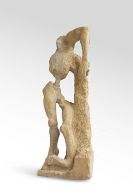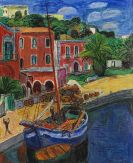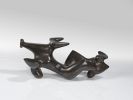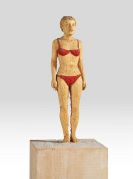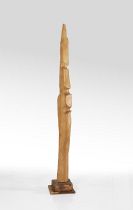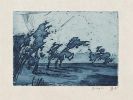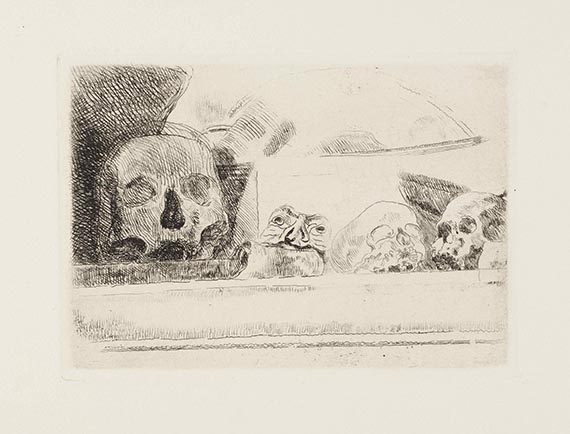
Germaine Richier
Grans bei Arles
1904 -
Montpellier
1959
After her studies at the "Ecole des Beaux Arts" in Montpellier, Germaine Richier moved to Paris in 1926, where she worked in Èmile-Antoine Bourdelle's studio until 1929. In 1934 Richier had her first solo exhibition at the Gallery Max Kaganovitch in Paris. Only two years later Germaine Richier was the first woman to receive the sought-after prize for sculpture from the Blumenthal Foundation in New York for her "Bust No. 2".
In 1937 she participated in the Paris World Exposition and received an award. Furthermore she exhibited, together with other female European artists, at the "Musée du Jeu de Paume" in Paris and in 1939 she presented her work in the French pavilion of the New York World Exposition together with Pierre Bonnard, Georges Braque, Marc Chagall, Robert Delaunay, André Derain, Jacques Lipchitz and others.
During World War II Germaine Richier spent most of her time in Switzerland and Provence. She continued to have exhibitions, e.g. at the Winterthur art museum in 1942 or together with Marino Marini and Fritz Wotruba at the "Kunsthalle" in Basel in 1943.
Whereas Richier's early works still reflected the influence of Bourdelle and Rodin, she developed her own characteristic figure type in 1940, partly human and partly animal, which was often caught in a web of wires. "My figures are original beings. Original and independent - that's what sculpture should be for me" Germaine Richier said.
Over time Richier's antropomorphic mixed beings became fragmentary and were equipped with different materials. In 1946 Richier returned to Paris. During the 1950s her works were shown in numerous exhibitions around the world: From 1955-1957 at the Amsterdam "Stedelijk Museum", at the museum of modern art in Paris and the Martha Jackson Gallery in New York.
Germaine Richier died on July 31, 1959 while preparing an exhibition at the "Musée Picasso" in Antibes. After hear death the artist's work fell into oblivion. In 1997 the Berlin art academy dedicated a large retrospective to her, which was the first in Germany.
Would you like to sell a work by Germaine Richier?
Infos for seller
